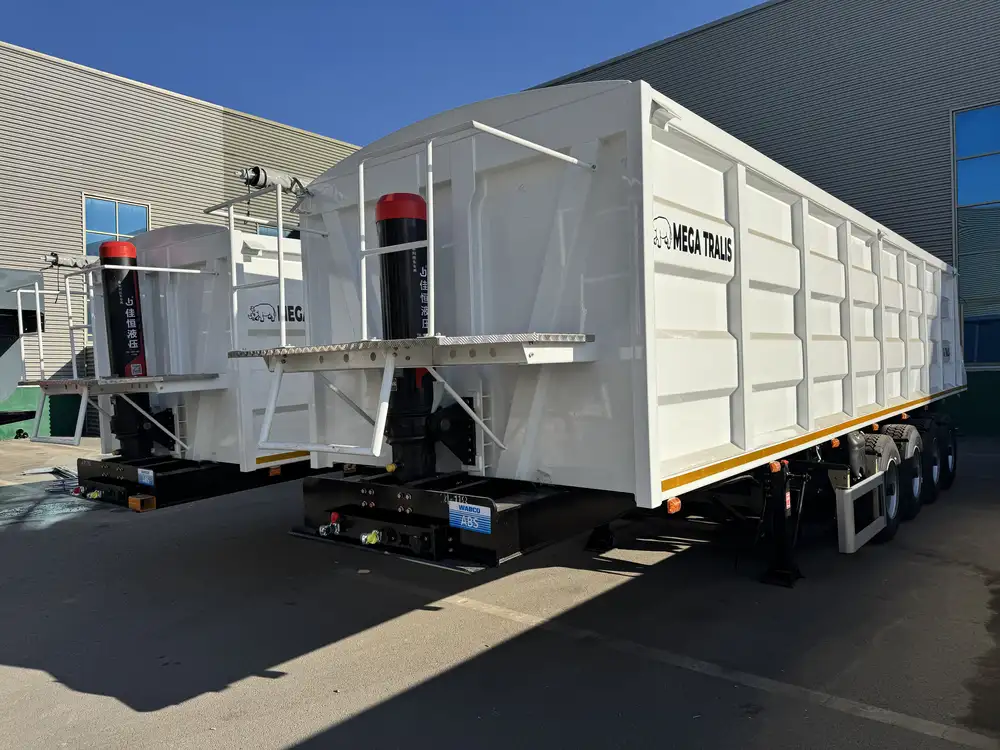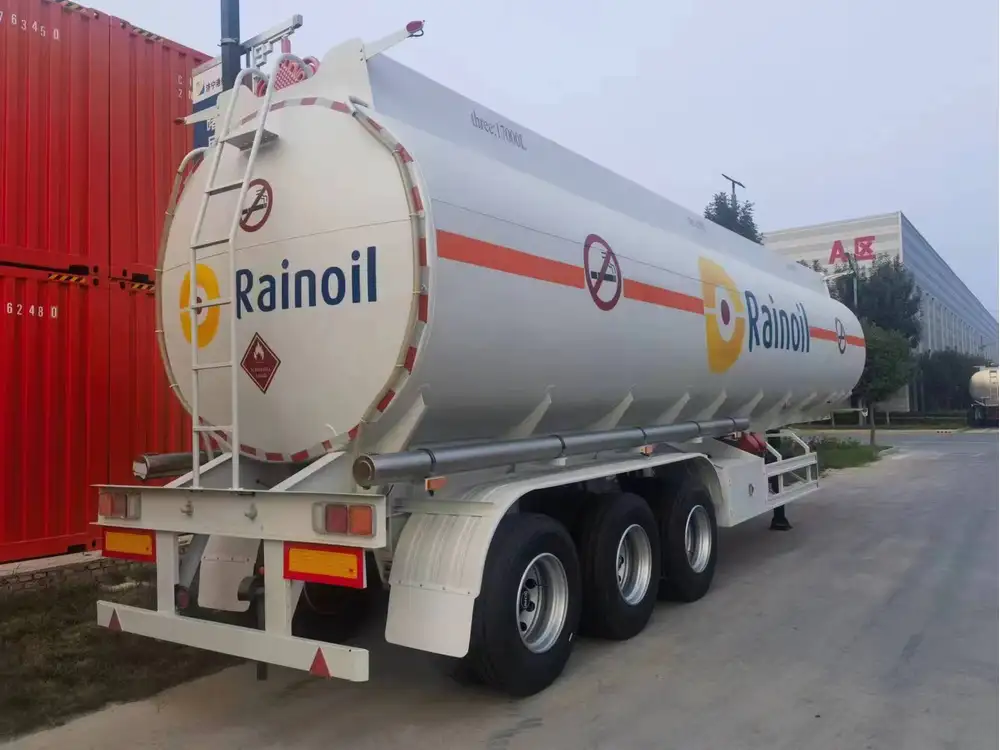Introduction to Flatbed Trailers
In the intricate landscape of logistics and transportation, flatbed trailers serve as vital workhorses for industries requiring movement of oversized or irregularly shaped cargo. Unlike enclosed trailers, flatbeds offer the versatility of a vast open deck, enabling effortless loading and unloading from all sides. The dimensional specifics of these trailers directly influence their functionality, making it imperative to understand their standard measurements, including height.
What is a Flatbed Trailer?
A flatbed trailer is characterized by its open and level load-carrying surface, typically bolstered by a frame that complies with regulatory standards for transporting various goods. These trailers vary in length and width, but the height is a crucial dimension that often dictates compliance with road and bridge clearance regulations.

Key Characteristics of Flatbed Trailers
| Characteristic | Description |
|---|---|
| Structure | Open bed, usually supported by a steel or aluminum frame |
| Height | Standard height for loaded flatbeds varies, usually around 5 to 6 feet |
| Load Capacity | Capable of carrying large and heavy loads; commonly ranges from 48,000 to 65,000 pounds depending on configuration |
| Materials | Commonly made from durable materials like steel or aluminum, ensuring longevity and strength |
Standard Height of Flatbed Trailers
Height Ranges and Variability
When discussing the height of a standard flatbed trailer, it is essential to delineate between the unloaded height and the loaded height.
- Unloaded Height: This is typically about 5 to 6 feet from the ground to the top of the trailer, depending on the specific design and manufacturer.
- Loaded Height: This varies based on the load being transported. The total height—including the cargo—should ideally remain below 13.5 to 14 feet in most states, adhering to federal road height regulations.

Table: Height Comparison of Various Flatbed Trailer Types
| Trailer Type | Unloaded Height | Typical Loaded Height Range |
|---|---|---|
| Standard Flatbed Trailer | 5 – 6 feet | 13.5 – 14 feet |
| Lowboy Flatbed Trailer | 1 – 3 feet | 9 – 10 feet |
| Step Deck Trailer | 4 – 5 feet | 11 – 12 feet |
| Extendable Flatbed Trailer | 5 – 6 feet | 13.5 – 14 feet |
Importance of Height Regulation
Adhering to the correct height specifications for flatbed trailers is not merely a question of compliance; it plays a pivotal role in ensuring safe transport. The maximum height regulations help prevent accidents occurring due to clearance issues during transit, particularly when navigating under bridges or overpasses.
Common Questions Regarding Flatbed Trailer Height

How is Loaded Height Determined?
The loaded height of a flatbed trailer is influenced by several factors:
- Type of Cargo: Different materials and machinery have varying dimensions.
- Methods of Loading: The way cargo is loaded (e.g., stacked, crated) can affect the overall height.
- Tire Size: Larger tires can elevate the overall height of the trailer.
- Suspension Type: Conventional vs. air ride suspension systems can impact height variations.
Can Height Affect Legal Compliance?
Yes, exceeding the standard height limits can lead to costly fines and necessitate special permits. Operators must familiarize themselves with state and federal regulations to avoid these pitfalls.
Are There Different Heights for Various Flatbed Applications?
Certainly! Different operations require specific flatbed trailer types. For instance, lowboy trailers, designed to carry heavy machinery, have a much lower clearance to manage heavy loads while staying within legal limits.

Factors Influencing the Height Specifications
Design Variations
The design of a flatbed trailer can influence its height. For instance, manufacturers may produce trailers with adjustable height features, which enable operators to customize the height based on their specific load requirements.
Benefits of Adjustable Height Trailers:
- Flexibility: Allows transportation of various cargo types without changing trailers.
- Improved Safety: Reduces the risk of exceeding maximum height allowances.
- Enhanced Load Stability: Ensures loads are secured effectively to maintain balance.

Terrain and Load Considerations
When selecting a flatbed trailer, considering the terrain where the trailer will operate is crucial. For uneven or rugged paths, a design that allows for lower loading heights can significantly enhance stability and safety.
Converting an Idea into Action: Choosing the Right Flatbed Trailer
Key Considerations for Selection
Choosing the appropriate flatbed trailer depends on several factors. Here’s a checklist of considerations:
| Consideration | Details |
|---|---|
| Type of Cargo | Evaluate sizes and weights of potential loads. |
| Destination Terrain | Assess if common routes include low-clearance zones. |
| Legal Restrictions | Research local laws regarding trailer heights and weights. |
| Loading Equipment | Determine whether forklifts or cranes will be used for loading. |
| Future Needs | Consider versatility and potential growth in cargo type. |

Practical Steps to Ensure Compliance
- Measure Cargo Dimensions: Before transport, always measure height, width, and length.
- Consult Regulatory Guidelines: Stay updated on local and federal transportation regulations.
- Incorporate Safety Gear: Equipment like GPS and height measuring tools can help ensure compliance during transit.
Conclusion: Navigating the World of Flatbed Trailers
Understanding the height of standard flatbed trailers is paramount for anyone in the logistics or transportation industry. The height not only influences effective loading but also plays a critical role in safety compliance and successful navigation through varying terrains. By thoroughly considering the dimensions, ensuring adherence to regulations, and selecting the appropriate flatbed trailer type, you can streamline operations and mitigate potential legal issues.
In summary, the world of flatbed trailers is complex yet navigable with the right knowledge and precautions. By incorporating detailed research and an understanding of industry standards, anyone can ensure their transportation needs are met efficiently and safely. Whether you are a fleet owner, logistics manager, or a contractor, the journey of selecting the right trailer begins with understanding not just the height, but the entire spectrum of specifications that flatbed trailers offer.



